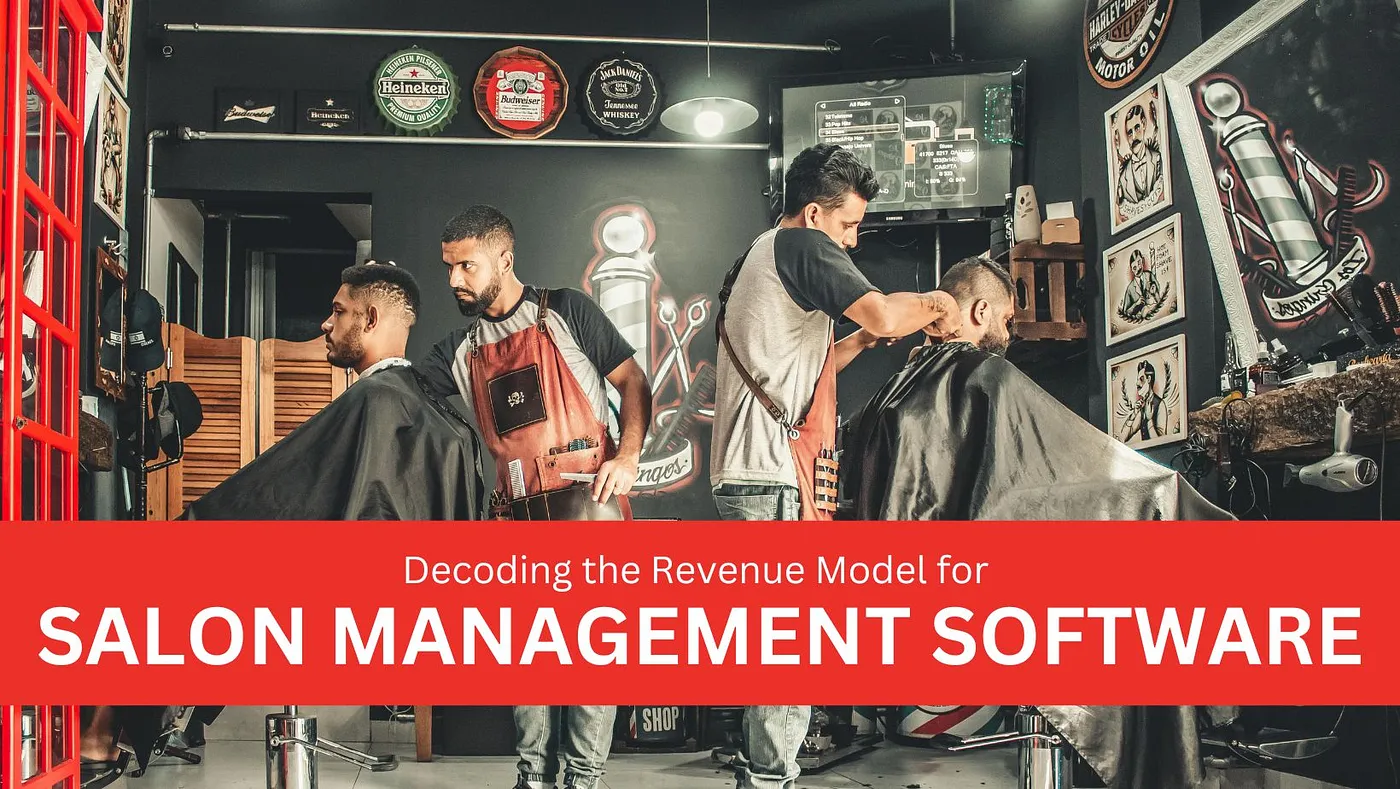Salon management software has become an indispensable tool for modern beauty businesses, revolutionizing the way salons operate and enhancing overall efficiency. As the demand for these systems grows, understanding the revenue model behind salon management software, particularly Salon POS (Point of Sale) software, becomes crucial for both salon owners and software developers.

Subscription-Based Models: The Bedrock of Stability
Subscription-based models are a common revenue stream for salon management software providers. Salons pay a regular fee to access the software’s features, ensuring a steady and predictable income for the service provider. This model allows salons to budget effectively and provides software companies with a reliable revenue stream to invest in continuous improvements and customer support.
Tiered Pricing for Scalability
Salon management software often employs tiered pricing to cater to a diverse range of salon sizes and needs. Basic plans may include essential features like appointment scheduling and client management, while premium plans could offer advanced functionalities such as inventory management, marketing tools, and analytics. This tiered approach allows salons to choose a plan that aligns with their requirements, making the software accessible to both small businesses and larger enterprises.
Additional Module Add-ons: Enhancing Value
To boost revenue, many salon management software providers offer additional modules or add-ons that complement the core system. These could include online booking integrations, employee management tools, or specialized features for spa services. By providing these optional extras, software companies not only increase their revenue but also cater to the unique needs of different salons.
Transaction Fees for Salon POS Software
For salon POS software, transaction fees can be a significant source of revenue. By charging a small percentage or a flat fee for each transaction processed through the system, software providers can generate revenue directly tied to the salon’s business activity. This model ensures that the software provider’s success is directly aligned with the success of the salons using their POS system.
Customization Services: Tailoring to Perfection
Offering customization services is another avenue for revenue generation. Some salons may require unique features or a personalized user interface to suit their specific business processes. Providing customization services allows software companies to charge additional fees for tailoring the software to meet the individual needs of each salon client.
Training and Support Packages: Nurturing Client Success
To ensure successful implementation and usage of the salon management software, many providers offer training and support packages. These services may include on-site training sessions, online tutorials, and dedicated customer support. Charging a fee for these additional services not only adds to the revenue stream but also ensures that salons maximize the benefits of the software.
Conclusion:
Understanding the revenue model behind salon management software, especially Salon POS software, is essential for both salon owners seeking the right solution and software developers aiming for sustainable growth. Subscription-based models, tiered pricing, additional module add-ons, transaction fees, customization services, and training/support packages collectively contribute to a robust and diversified revenue stream. As the salon industry continues to evolve, the synergy between innovative software solutions and effective revenue models will play a pivotal role in the success of both salons and software providers.